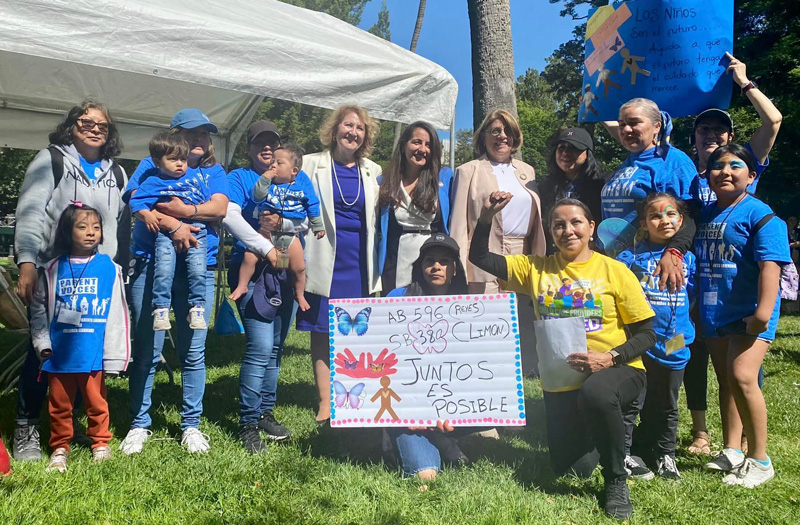Empowering change: the Children's Movement of California

Imagine a world where thousands of direct service, business, labor, parent, student, civil rights, faith-based, and community groups from across California are making kids their top priority.
In this ideal world, the well-being of children, especially kids of color and kids in poverty, is at the forefront of every agenda.
Now, what if we told you that this vision is a reality in the making?
Children Now, an organization that advocates for all kids to have a brighter, safer, and more equitable future, is reshaping the landscape of child advocacy — one empowered child at a time.
Children Now is most known for leading the Children's Movement of California, a network of over 5,300 organizations representing a diverse spectrum of direct service, parent, youth, business, labor, civil rights, faith-based and community-based groups. Together, these voices merge into a single, powerful interest group that stands up for the rights and well-being of children.
The sheer number and diversity of these voices make the Children's Movement a formidable advocate for change.
But what sets Children Now apart from the rest? At the heart of this organization lies a dedication to empowering and equipping a new generation of advocates prepared to champion child well-being.
One of the ways Children Now advances its mission is through its summer Children's Movement Equity Fellowship.
This program offers an opportunity for students interested in pursuing careers in government, advocacy, and politics. Over an intense eight weeks, these students are immersed in the world of children’s policy, research, outreach, and advocacy.
Here's a glimpse of what some of the fellows learned during their summer with Children Now.
- Understanding policy creation: Maya Levi was excited to learn the processes of policy creation and analysis. Understanding how policies are formulated and their impact on the issues they address is a crucial aspect of advocacy, she said.
- Diving into policy areas: Madeleine Wilson was eager to explore various policy areas, including early childhood education and California's foster care system. This highlights the organization's commitment to comprehensive child welfare, she said.
- Intersections and implementation: Jake Chang aimed to expand his understanding of child welfare policy and its intersections with education and health. Additionally, he was keen on exploring policy implementation and its real-world impact.
- Real-world experience: Isabella Sharp said she gained firsthand experience in children's advocacy and nonprofit work. This practical knowledge helps students like her determine their career paths and understand the challenges and rewards of the field.
- Pro-kid approach: Guadalupe Vasquez was drawn to Children Now's pro-kid approach to policy and outreach efforts. It puts children's well-being at the forefront of policy decisions.
- Addressing injustices: Zayaan Khan had a strong desire to learn how policy can be used to dismantle systems that perpetuate injustices against minority populations, particularly children. Zayaan said those values aligned perfectly with Children Now's mission to support underserved communities.
- Systems change: Isabelle Moore aimed to learn about systems change and mobilization efforts. Understanding the mechanisms behind enacting change was crucial for her because she wants to pursue future advocacy work.
By empowering the next generation of leaders and other organizations with the tools to advocate effectively, Children Now is sowing the seeds of a brighter future for our children, especially those facing the greatest challenges.
Get our newsletter
Sign up for occasional event announcements and our newsletter, Intersections, to learn more about the work we’re supporting to make California the healthiest state and end domestic violence.
